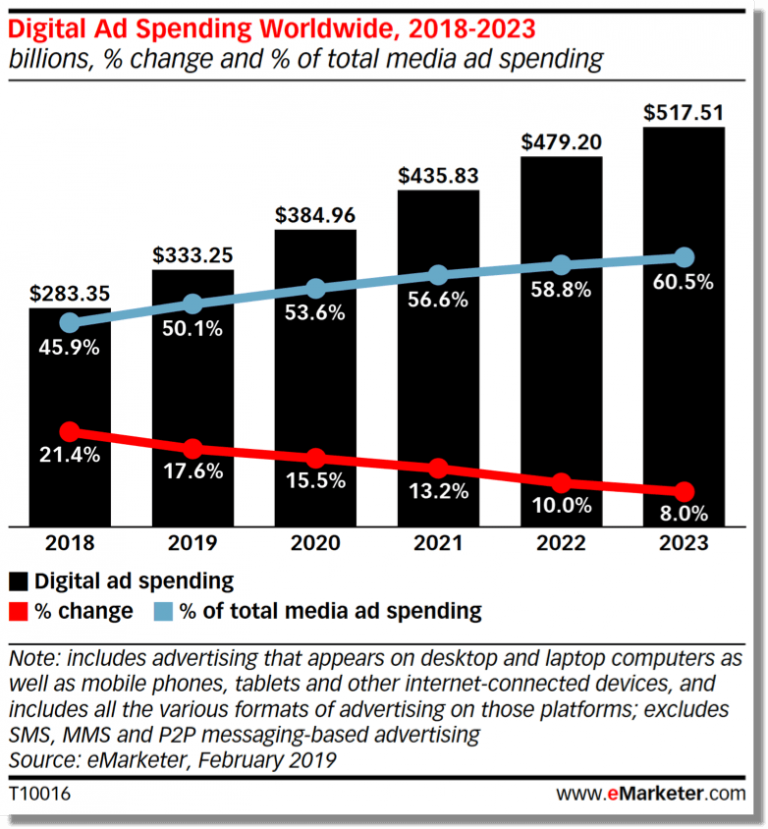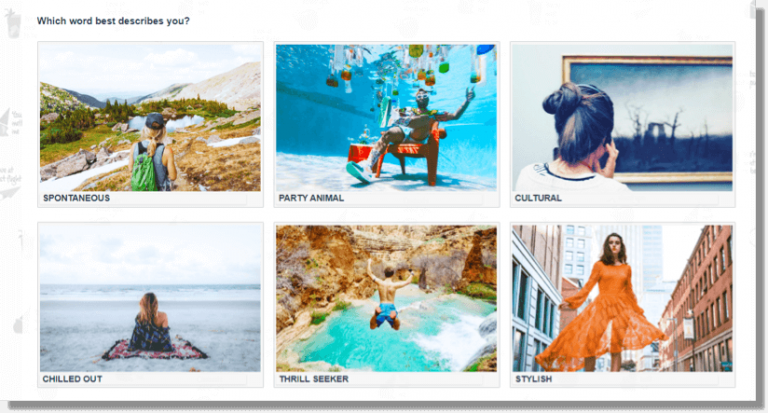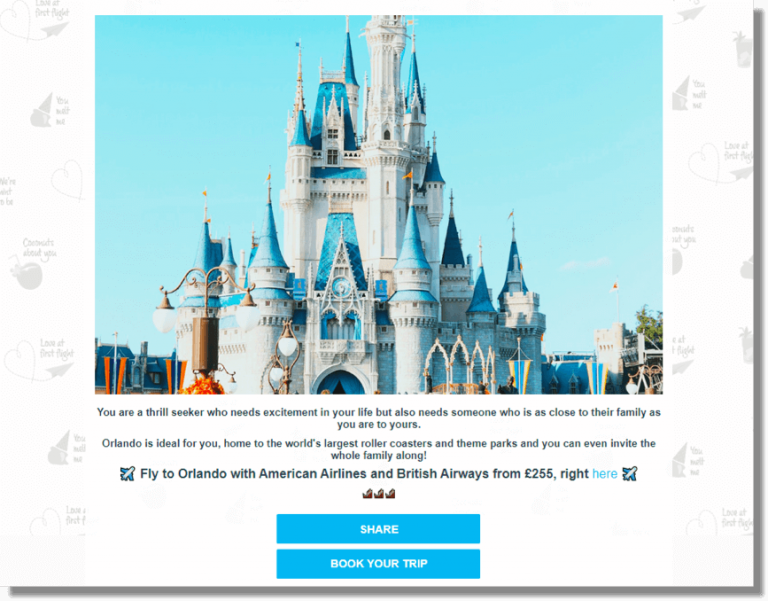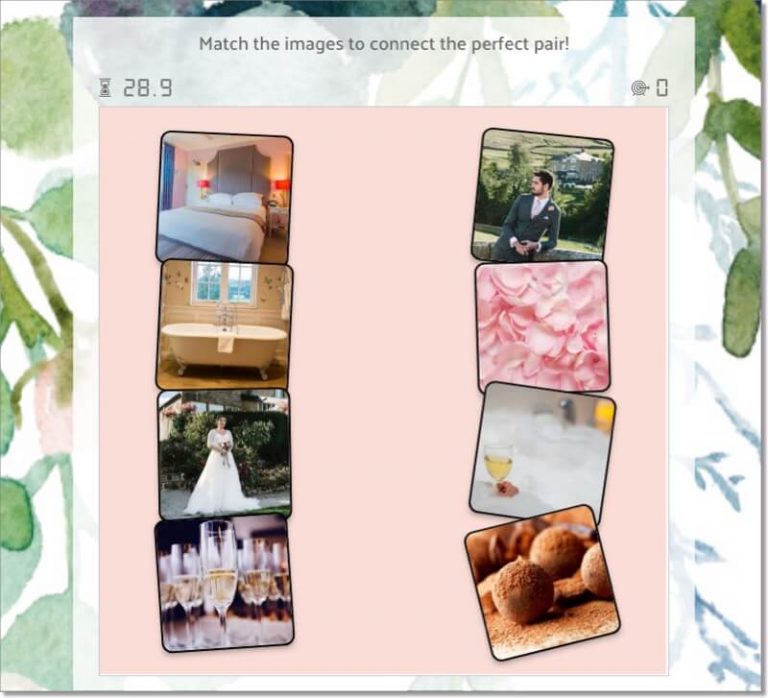First, let’s start with some definitions. Before we talk about conventional advertising versus innovative advertising, it’s best to know where the boundaries are.
- Conventional ads use mass-market communications to reach as many people as possible. That includes television, out of home advertising, radio, press, and even cinema adverts.
- Innovative advertising focuses on smaller, more specific audiences. The strategy is to reach potential customers via social media, sponsorships, interactive content, email messaging, catalogs, in-store advertising and targeted search ads.
To modern consumers, conventional advertising can seem intrusive – or simply irrelevant. We’re faced with a continuous barrage of ads, and most people have got used to filtering out the ads which bother or bore them.
Modern, digital advertizing sidesteps this problem with one simple solution. If people ignore your ads because they’re irrelevant, then you should… only show ads to people who are interested. When you tailor your message to individual tastes and preferences, then your target audience will respond.
Of course, there’s still a place for conventional advertising. But those major, mass-market campaigns tend to work best for brands that are already household names. Unless you’re a Nike or a Coca-Cola, you’ll probably see better results from targeted and personalized campaigns.
In this article, we’ll take a look at some new and innovative ad strategies. Personalization, interactive content, and customer-centered marketing are the order of the day.
Interactive ad campaigns
Interactive ads take passive consumers and turn them into active customers and brand advocates. A one-way message becomes a two-way experience. The viewer can interact with the message you’re broadcasting, putting them in control of the ad experience. Plus, you’ll get feedback and information from them in return.
The potential benefits of interactive ad strategies are numerous. An interactive campaign will stand out from the competition, entertain your followers, increase engagement, raise brand awareness and collect data. And when users interact with your ads, instead of just passively consuming them, they are more likely to remember your brand and message.
All these new benefits are enabled by the internet and our ever more connected world. So it’s no coincidence that annual ad spend on digital advertising is increasing… with no signs of slowing down.

How to create an interactive ad strategy for your brand
What is an advertising strategy? In the simplest possible terms, it’s the collection of actions you take to make consumers aware of a product or service. The goal is for consumers to discover and purchase whatever you’re selling.
Interactive ads are a key part of modern advertising strategies. Used correctly, interactive ad content is a powerful tool for lead generation, data collection, brand awareness, consumer education, and customer loyalty.
But – as you already know – the best ads “show, don’t tell”. So in that spirit, we’re going to use 3 examples of innovative ad strategies to prove the value of interactive ads.
Product recommender for lead generation
If your goal is to publicize a specific product or launch something new, then a product recommender is the most powerful option.
Start by setting up a quiz with questions about your customers’ tastes, preferences, and needs. Here’s a great example from TravelUp, an online travel agency with a highly innovative advertising strategy:

Then you can offer personalized product recommendations based on each person’s answers:

Your product recommender can be simple, with just a few questions, or more detailed for extra personalization. Lock in the sale by adding direct links to the products you recommend.
Learn how to create your own product recommender – the easy way! Discover tips and templates.
Memory games for brand awareness
The latest form of interactive marketing is gamification. It’s the art of making your ads more game-like, by giving people the chance to play, win points, or compete against each other.
Gamified ads aren’t just a great way to increase engagement – they can also improve brand recognition. One easy way to do this is with a classic memory game, where players have to match pairs of cards.
Design the cards to show your products, brand colors, logo, and even key concepts related to your brand image. You can set up the whole game to reinforce brand awareness and improve brand recall later on.

Mix and match interactive ads
Most advertising strategies have more than just one goal. After all, it takes multiple steps to move customers towards a sale: from brand awareness to learning more about your products, to that final offer or trigger which brings them to the checkout.
So we see plenty of mix and match strategies. Big brands might support a conventional ad campaign with an interactive online campaign; direct-to-consumer brands might mix a social media challenge with targeted emails.
You can also use interactive ads as the first step in a campaign. Start with the interactive element so that you can engage leads and learn more about them; then follow up with more targeted messaging once you’ve collected that info.
Here’s a neat example from Dressel Divers International. The scuba diving company ran a huge ad campaign to celebrate the second anniversary of their Go Green initiative. They started the celebrations with a survey to learn more about their audience, asking detailed questions such as users’ diving skill level and which Go Green ideas they liked best.

Those survey answers – combined with contact details – provided the company with a valuable database of qualified leads, ready to use in the Go Green campaign and future ad strategies.
Want more? Learn all about the power of gamification and interactive ads.
Next steps for your interactive advertising strategy
The ideas for ad strategies in this post are just the beginning. If you take a look at the Easypromos platform, you’ll see over 40 apps – with over 100 potential combinations. How will you make your ad strategy stand out? Chat to us online!